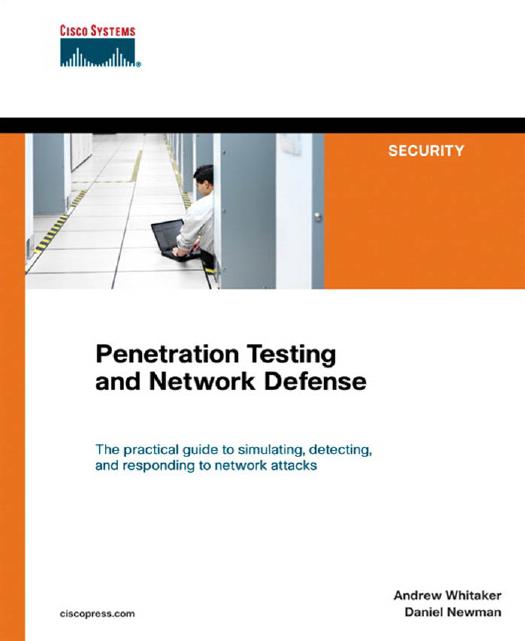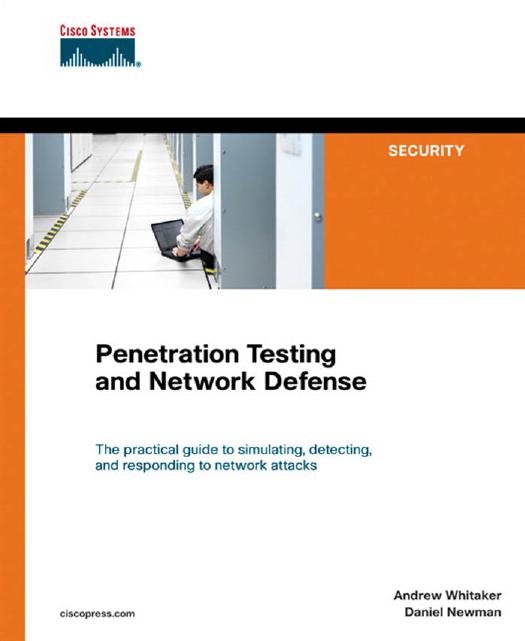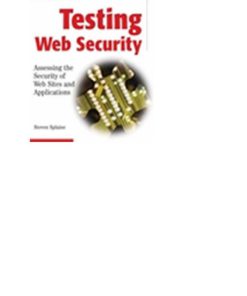Penetration Testing and Network Defense 1st Edition by Andrew Whitaker, Daniel Newman ISBN 1587052083 97815870520838
Original price was: $50.00.$25.00Current price is: $25.00.
Authors:Andrew Whitaker; Daniel P. Newman , Series:Cyber Security [242] , Tags:Computers; Networking; Vendor Specific , Author sort:Whitaker, Andrew & Newman, Daniel P. , Ids:Google; 9780133987843 , Languages:Languages:eng , Published:Published:Oct 2005 , Publisher:Cisco Press , Comments:Comments:The practical guide to simulating, detecting, and responding to network attacks Create step-by-step testing plans Learn to perform social engineering and host reconnaissance Evaluate session hijacking methods Exploit web server vulnerabilities Detect attempts to breach database security Use password crackers to obtain access information Circumvent Intrusion Prevention Systems (IPS) and firewall protections and disrupt the service of routers and switches Scan and penetrate wireless networks Understand the inner workings of Trojan Horses, viruses, and other backdoor applications Test UNIX, Microsoft, and Novell servers for vulnerabilities Learn the root cause of buffer overflows and how to prevent them Perform and prevent Denial of Service attacks Penetration testing is a growing field but there has yet to be a definitive resource that instructs ethical hackers on how to perform a penetration test with the ethics and responsibilities of testing in mind. Penetration Testing and Network Defense offers detailed steps on how to emulate an outside attacker in order to assess the security of a network. Unlike other books on hacking, this book is specifically geared towards penetration testing. It includes important information about liability issues and ethics as well as procedures and documentation. Using popular open-source and commercial applications, the book shows you how to perform a penetration test on an organization’s network, from creating a test plan to performing social engineering and host reconnaissance to performing simulated attacks on both wired and wireless networks. Penetration Testing and Network Defense also goes a step further than other books on hacking, as it demonstrates how to detect an attack on a live network. By detailing the method of an attack and how to spot an attack on your network, this book better prepares you to guard against hackers. You will learn how to configure, record, and thwart these attacks and how to harden a system to protect it against future internal and external attacks. Full of real-world examples and step-by-step procedures, this book is both an enjoyable read and full of practical advice that will help you assess network security and develop a plan for locking down sensitive data and company resources. “This book goes to great lengths to explain the various testing approaches that are used today and gives excellent insight into how a responsible penetration testing specialist executes his trade.†–Bruce Murphy, Vice President, World Wide Security Services, Cisco Systems®













